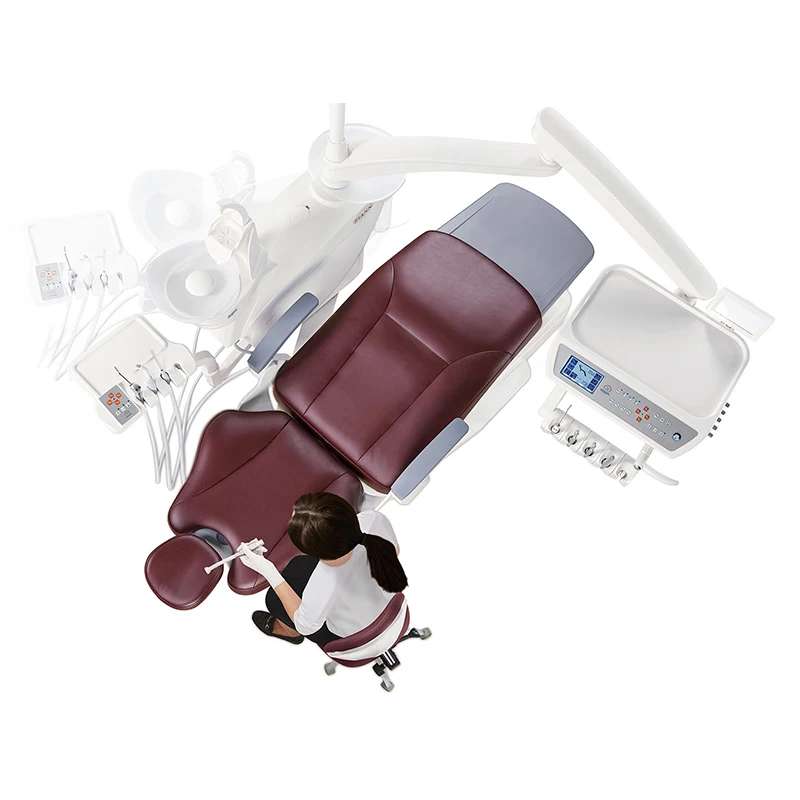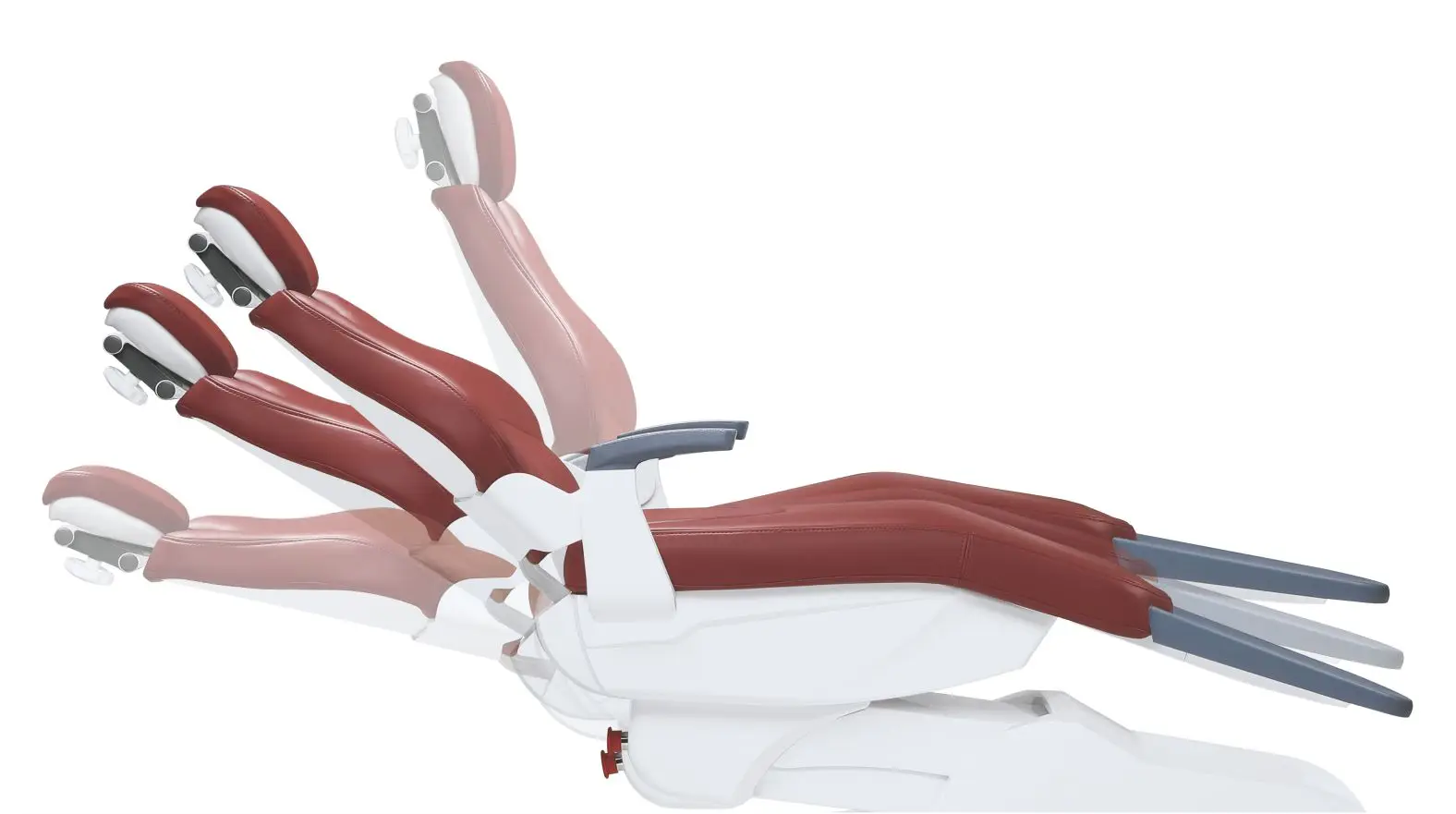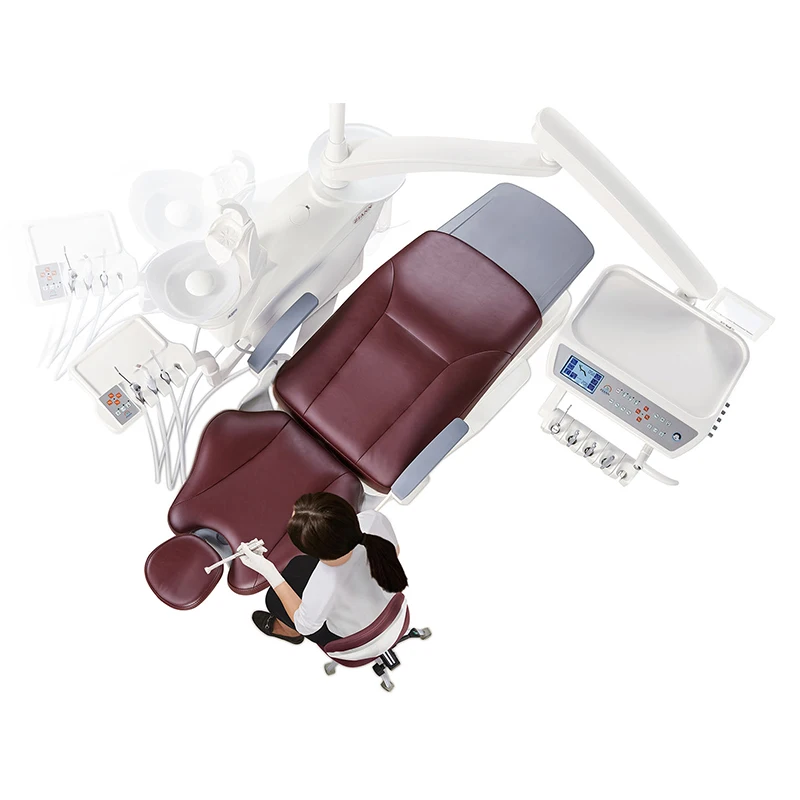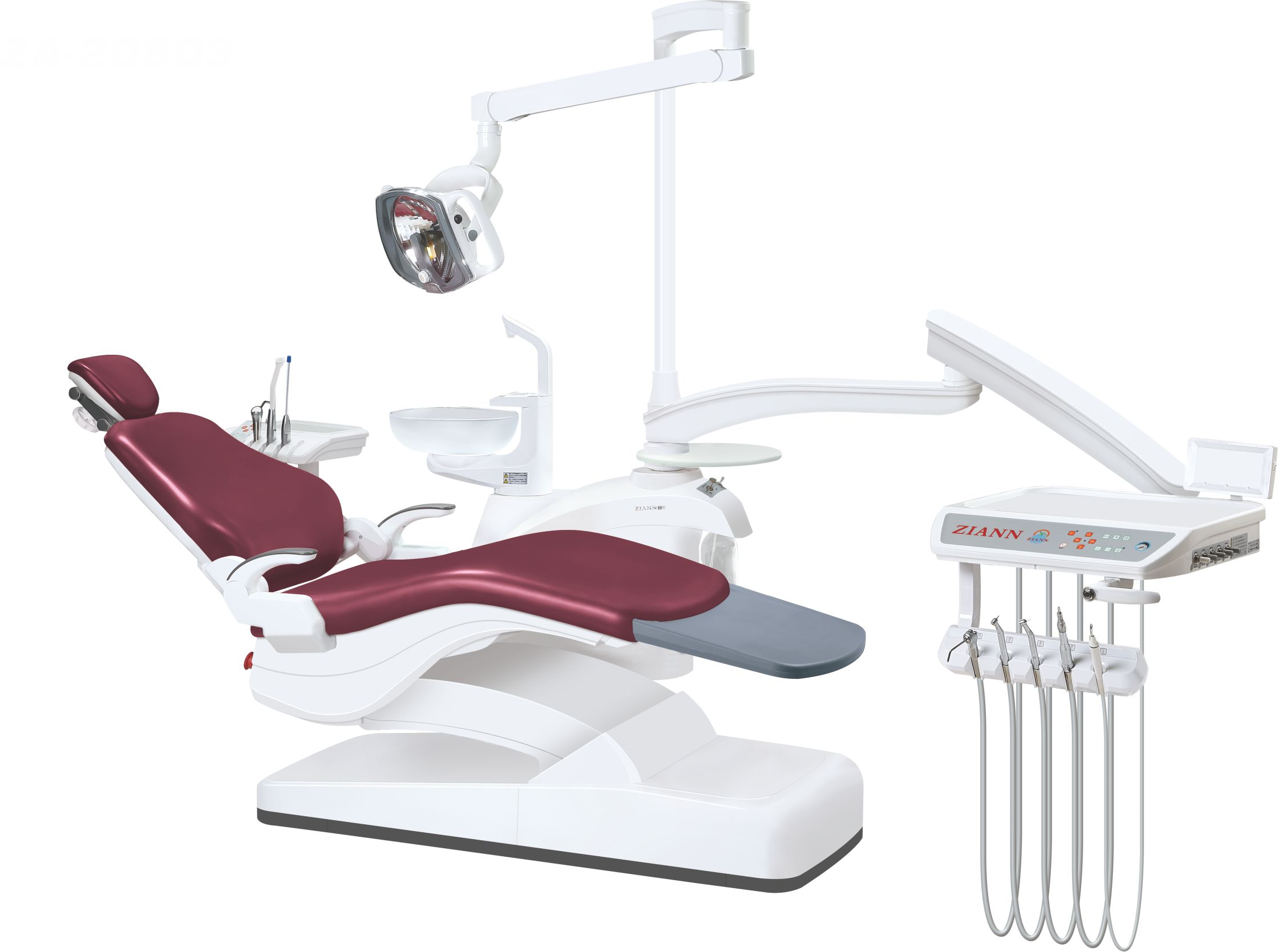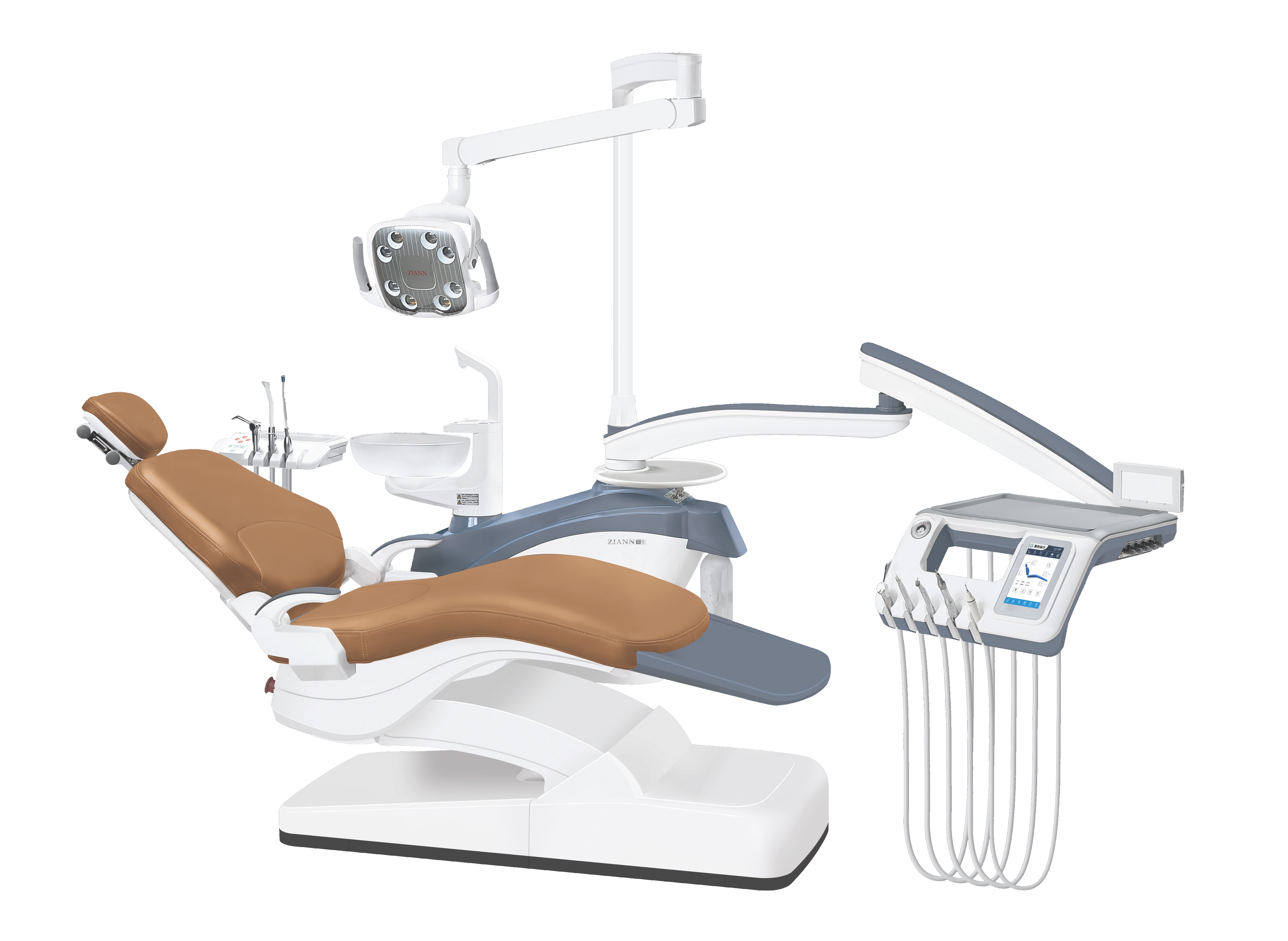In the realm of dentistry, precision, comfort, and efficiency are paramount. Behind every successful dental procedure lies an array of specialized equipment, with dental chairs and dental units standing as the cornerstone elements of any dental clinic. While often used interchangeably, these two components serve distinct purposes, each contributing uniquely to the patient experience and the dentist's workflow.
Functionality and Purpose
Dental Chair
Primarily designed for patient seating during treatments.
Equipped with adjustable features for patient comfort, including height, recline, and headrest positioning.
Often includes armrests and footrests for added support during procedures.
Dental Unit
Comprehensive workstation housing various dental instruments and tools necessary for treatments.
Integrates the dental chair within its design but extends functionality to include delivery systems for air, water, and suction, alongside electrical connections for equipment.
Acts as the centralized hub for dental procedures, providing dentists with easy access to essential tools and utilities.
Physical Components
Dental Chair
Typically comprises a seat, backrest, headrest, and armrests.
Constructed with materials ensuring durability, hygiene, and patient comfort.
Dental Unit
Features a broader assembly, incorporating the chair alongside instrument delivery systems, operating lights, and sometimes monitors for patient education or entertainment.
Often designed with ergonomic considerations to optimize workflow for dental professionals.
Adjustability and Customization
Dental Chair
Offers adjustable settings tailored to individual patient needs, accommodating diverse body types and treatment requirements.
May include additional features such as massage functions or heating elements for enhanced comfort.
Dental Unit
Provides customization options for instrument placement, allowing dentists to arrange tools according to personal preference and procedural requirements.
Adjustable delivery systems enable precise control over airflow, water pressure, and suction during treatments, enhancing procedural efficiency.
Technological Integration
Dental Chair
Advancements in dental chair technology have led to the integration of digital controls, enabling seamless adjustment of settings with minimal disruption to procedures.
Some models incorporate patient monitoring systems or multimedia interfaces to enhance the overall treatment experience.
Dental Unit
Often equipped with advanced features such as integrated cameras for intraoral imaging, LED operating lights with adjustable intensity, and touch-screen interfaces for intuitive instrument control.
Integration with electronic health records (EHR) systems streamlines documentation and enhances communication between dental staff.
Hygiene and Infection Control
Dental Chair
Upholstery materials are chosen for their resistance to stains and microbial growth, facilitating easy cleaning and disinfection between patients.
Some chairs feature removable or disposable covers to further mitigate the risk of cross-contamination.
Dental Unit
Incorporates features such as anti-retraction valves and sterilizable surfaces to prevent backflow and ensure aseptic conditions during treatments.
Utilizes instrument flushing and disinfection protocols to maintain hygiene standards and minimize the risk of infection transmission.
Cost and Investment Considerations
Dental Chair
Generally represents a more straightforward investment compared to dental units, making it an accessible entry point for smaller dental practices or clinics with limited budgets.
Replacements or upgrades can be less complex and costly, allowing for easier adaptation to evolving technology and patient preferences.
Dental Unit
Constitutes a significant financial investment due to its multifunctionality and integration of advanced technologies.
However, offers long-term benefits in terms of procedural efficiency, patient satisfaction, and practice versatility, making it a strategic investment for established dental facilities.
Conclusion
In the dynamic landscape of modern dentistry, understanding the distinctions between dental chairs and dental units is essential for practitioners aiming to optimize patient care and practice efficiency. While both components play integral roles in the dental clinic environment, their functionalities, designs, and applications differ significantly. By recognizing these differences and harnessing the unique capabilities of each, dental professionals can elevate the standard of care they provide while ensuring optimal workflow and patient comfort.


